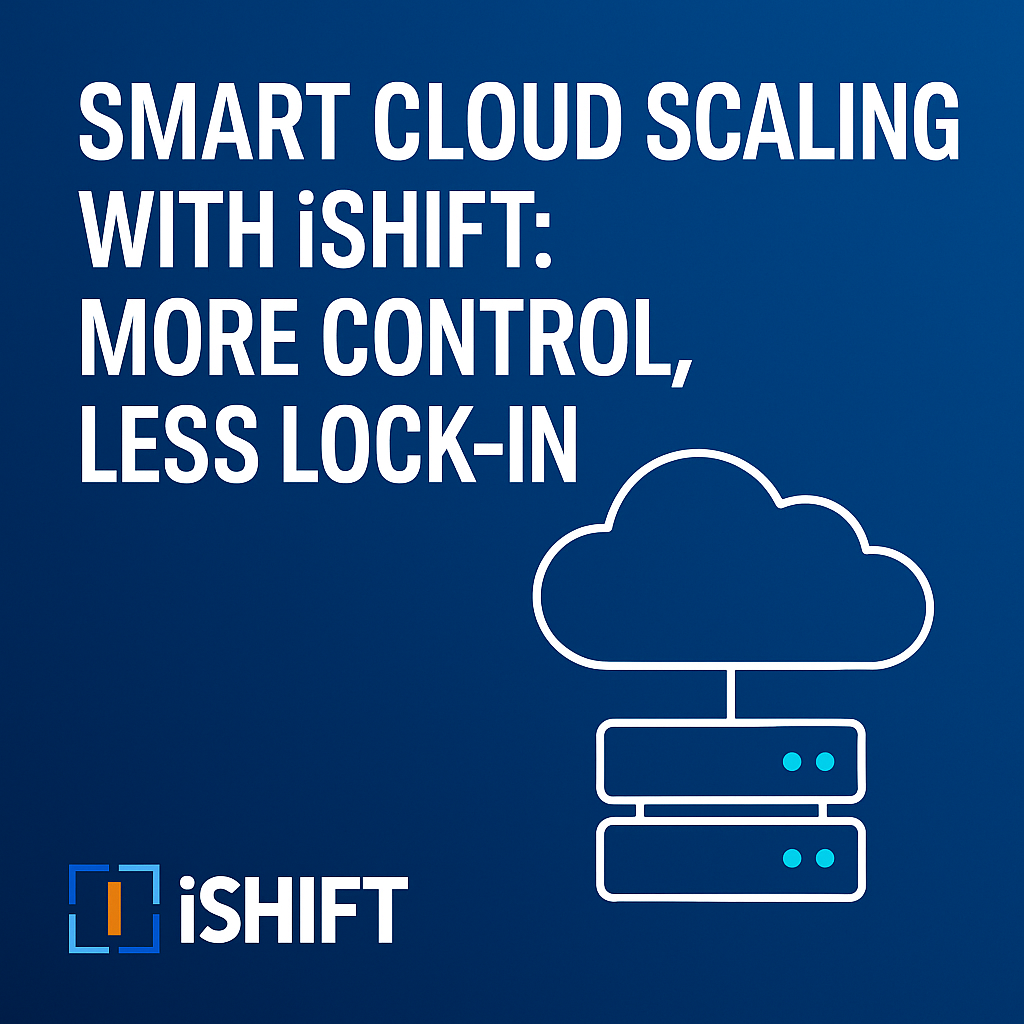In the post-pandemic context, many healthcare organizations are left with the feeling that they are trying to hit a moving target to best serve their patients. At the same time, they are struggling financially due to diminished reimbursement.
This article highlights challenges facing healthcare in 2023 and outlines how iShift is helping organizations raise the level of patient care, healthcare accessibility, and health equity—while also enabling and retaining healthcare professionals.
1. Financial Difficulties and Staffing Shortages
Health care and social assistance job openings increased to an all-time high of 9.2% as of September. Nearly 19% of nursing homes report shortages of nurses and aides, even as average hourly earnings have increased 19% to 21% since the pandemic began (Fitch Ratings, Oct 2022).
Healthcare systems are now facing three critical financial pressures:
- Persistent staffing issues
- Ongoing inflation
- Diminishing Medicare reimbursement trends
The shortage of nursing professionals has increased staffing costs, leading to reduced IT budgets. This limits the deployment of digital healthcare innovations—creating a cycle where reduced innovation leads to lower patient satisfaction and further workforce stress.
How iShift Can Help
Your M365 Subscription
Many healthcare organizations underuse Microsoft 365. iShift conducts full M365 assessments to identify underutilized tools like Usage Reports and Intune that can improve remote workforce coordination and efficiency.
Filling the Talent Gap in IT with Contingent Workers
Rather than bearing the high costs of full-time IT hires, healthcare orgs can adopt agile, contract-based hiring. iShift offers a robust network of certified IT professionals to fill gaps with speed and flexibility.
Managed Cloud Services
iShift’s managed services allow healthcare orgs to modernize IT infrastructure without high upfront costs. Whether fully or partially outsourced, iShift supports everything from HIS implementation to backup and disaster recovery.
Workforce Talent Retention Assessment and Roadmap
iShift offers workshops to help organizations evaluate and improve staff retention through structured roadmaps. Topics include engagement strategies, leadership development, and creating a positive work culture.
2. Digital Health Enablement Beyond Traditional Care Settings
Modern care isn’t confined to hospitals. Technology now supports both bringing care to the patient and enabling patient access to care.
Benefits include:
- Reduced readmissions
- Increased engagement and satisfaction
- Improved outcomes, especially via telemedicine and remote monitoring
How iShift Can Help
Remote Workforce Enablement
iShift ensures secure access to systems for remote staff and supports integration of wearables and remote devices.
Technology Simplification
By deploying cloud and SaaS solutions like Microsoft Teams, iShift helps healthcare providers streamline operations and improve collaboration.
Securing Patient Data
iShift helps implement secure data transmission between remote devices and healthcare facilities, ensuring HIPAA compliance.
3. Enablement of Patient Access to Ensure Health Equity
Equitable access means overcoming barriers in traditional care delivery. Technology is a powerful enabler, especially in underserved communities.
Key Enablers:
- Virtual Medicine for rural or remote care
- Mobile Health (mHealth) apps for health literacy and self-monitoring
- Health Information Exchanges (HIEs) for coordinated care
- Wearable tech and remote monitoring for condition-specific care
How iShift Can Help
- Secure data transmission from remote devices
- Rural-area network support via high-speed satellite
- Edge computing to enable faster access to patient info
- Advisory services for strategic tech roadmaps and governance
4. Clinician Burnout
Increased documentation demands have led to burnout. Manual EHR entry adds to stress, decreases job satisfaction, and may increase errors.
Solutions
- Automation using AI and machine learning for data extraction
- EHR optimization to streamline workflows and reduce clicks
- Voice recognition for faster, hands-free documentation
How iShift Can Help
- BYOD and Virtual Desktops to reduce tech friction
- Digital identity solutions (e.g., facial recognition, single sign-on)
- Voice-to-text tools for efficient EHR input
- Advisory services to help implement, secure, and govern solutions effectively
Conclusion
Healthcare is under pressure—financially, operationally, and technologically. But the right IT solutions can turn these challenges into opportunities.
iShift helps providers:
- Streamline workflows
- Reduce clinician burnout
- Improve patient outcomes
- Cut costs while improving access
Now is the time to embrace digital transformation. Let’s build a healthier, smarter system—together.



